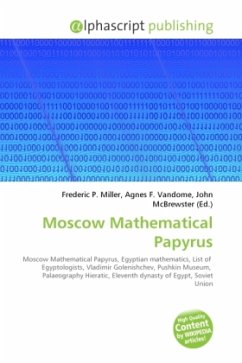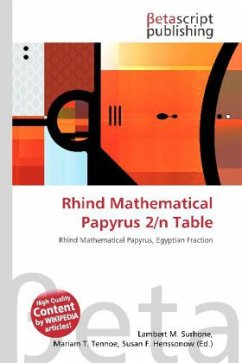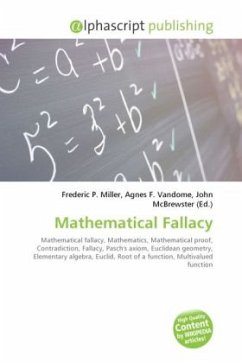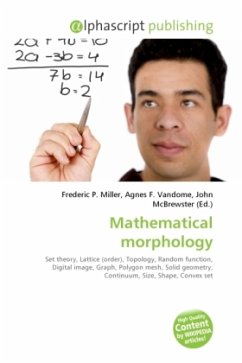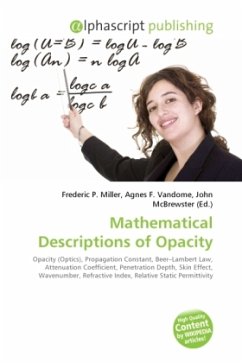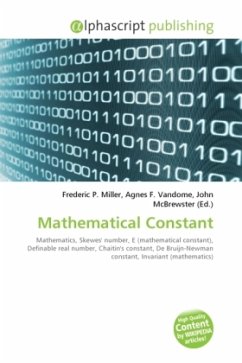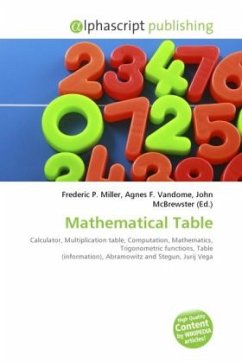The Moscow Mathematical Papyrus is an ancient Egyptian mathematical papyrus, also called the Golenischev Mathematical Papyrus, after its first owner, Egyptologist Vladimir Goleni ev. It later entered the collection of the Pushkin State Museum of Fine Arts in Moscow, where it remains today. Based on the palaeography of the hieratic text, it probably dates to the Eleventh dynasty of Egypt. Approximately 18 feet long and varying between 1 1/2 and 3 inches wide, its format was divided into 25 problems with solutions by the Soviet Orientalist Vasily Vasilievich Struve in 1930.It is one of the two well-known mathematical papyri along with the Rhind Mathematical Papyrus. The Moscow Mathematical Papyrus is older than the Rhind Mathematical Papyrus, while the latter is the larger of the two.
Bitte wählen Sie Ihr Anliegen aus.
Rechnungen
Retourenschein anfordern
Bestellstatus
Storno

